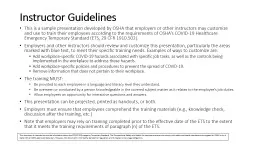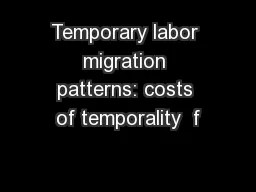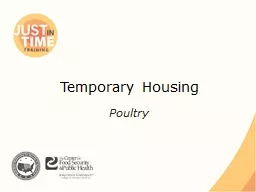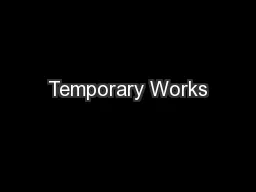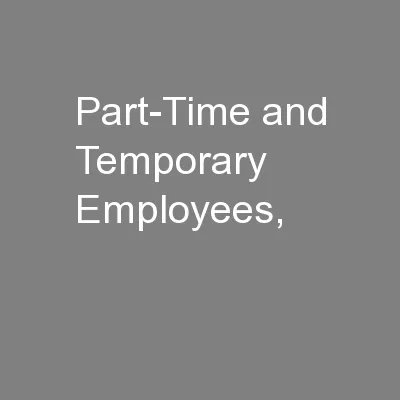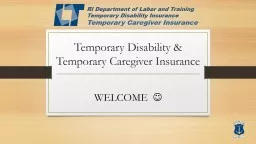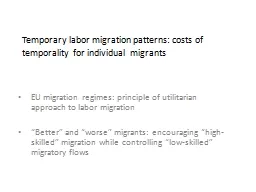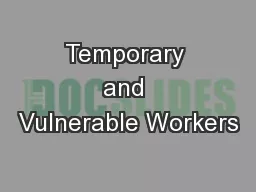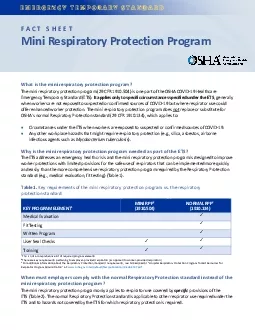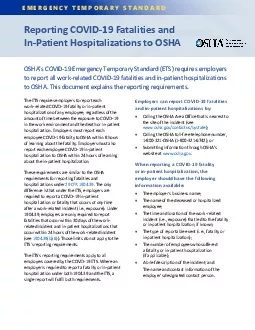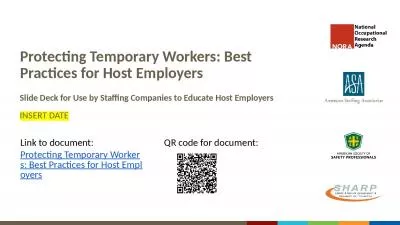PPT-This document is intended to provide information about the COVID-19 Emergency Temporary
Author : emily | Published Date : 2021-12-06
This is a sample presentation developed by OSHA that employers or other instructors may customize and use to train their employees according to the requirements
Presentation Embed Code
Download Presentation
Download Presentation The PPT/PDF document "This document is intended to provide inf..." is the property of its rightful owner. Permission is granted to download and print the materials on this website for personal, non-commercial use only, and to display it on your personal computer provided you do not modify the materials and that you retain all copyright notices contained in the materials. By downloading content from our website, you accept the terms of this agreement.
This document is intended to provide information about the COVID-19 Emergency Temporary: Transcript
Download Rules Of Document
"This document is intended to provide information about the COVID-19 Emergency Temporary"The content belongs to its owner. You may download and print it for personal use, without modification, and keep all copyright notices. By downloading, you agree to these terms.
Related Documents

